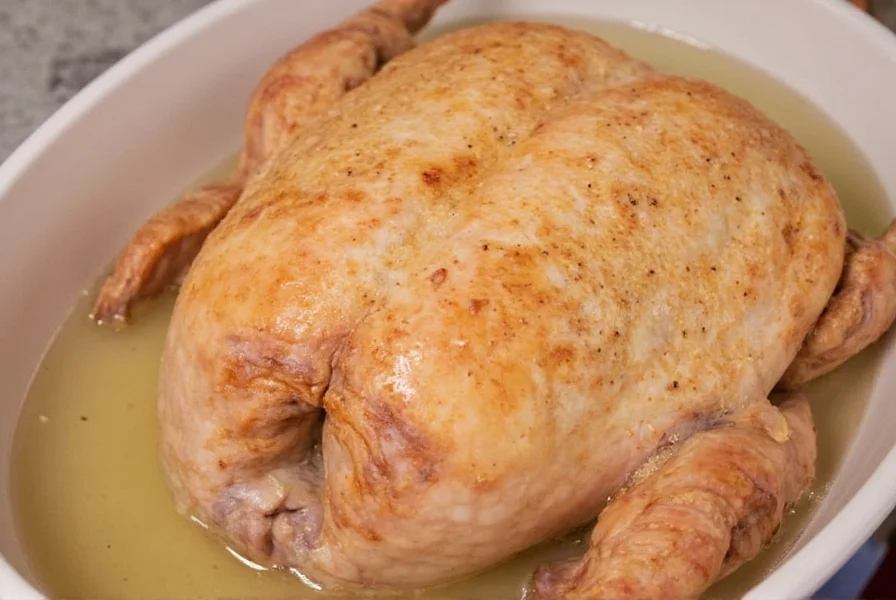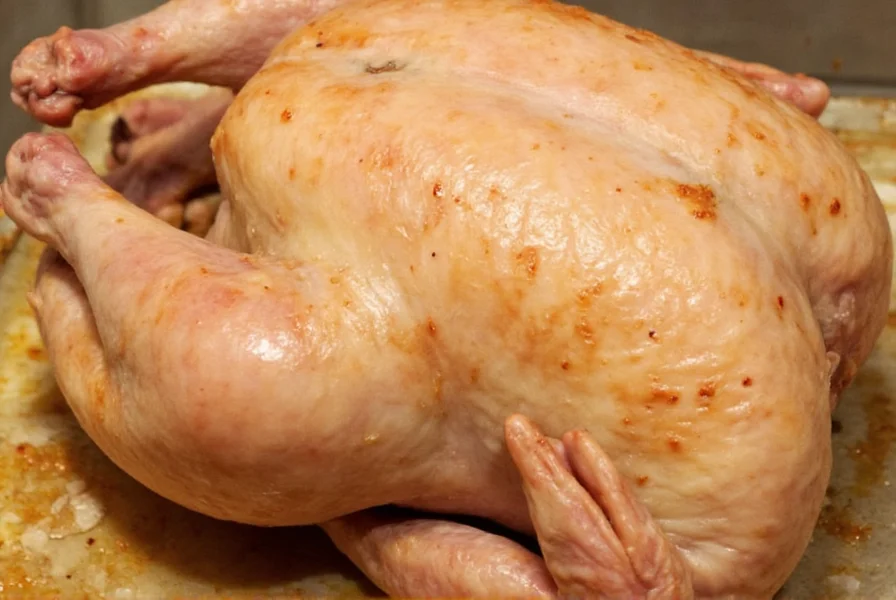Dry Brine a Chicken: The Secret to Juicy, Flavor-Packed Poultry Revealed!
If you've ever sliced into a roasted chicken only to find it dry and bland on the inside, it's time to discover the magic of dry brining. This simple yet powerful technique transforms your bird from ordinary to extraordinary — no complicated tools or hours of prep needed.
Table of Contents
- What Is Dry Brining?
- Why You Should Try Dry Brining Your Chicken
- Dry Brine vs Wet Brine: What’s the Difference?
- How to Dry Brine a Chicken: Step-by-Step Guide
- Best Spices for Dry Brining Chicken
- Buying Guide: Essential Tools & Ingredients
- Common Mistakes to Avoid When Dry Brining
- Conclusion
What Is Dry Brining?
Dry brining is a technique where salt (and often spices) are rubbed directly onto meat and left to rest before cooking. Unlike traditional wet brining, which involves soaking meat in a salty liquid solution, dry brining allows the salt to draw out moisture, which is then reabsorbed along with flavors over time.
This method helps season the meat deeply while improving texture and moisture retention without the mess or space requirements of a large brining container.
Why You Should Try Dry Brining Your Chicken
- Better Flavor Penetration: Salt and spices work their way deep into the meat.
- Improved Texture: Meat becomes juicier and more tender after resting.
- Crispy Skin: Without excess moisture, the skin crisps up beautifully when roasted.
- No Extra Equipment Needed: Just a bowl and fridge space — no giant brining bucket required.
Dry Brine vs Wet Brine: What’s the Difference?
| Feature | Dry Brine | Wet Brine |
|---|---|---|
| Method | Salt/spice rub applied directly | Soak meat in saltwater solution |
| Time Required | Several hours to overnight | At least 12–24 hours |
| Texture Result | Firmer, juicier meat | Slightly waterlogged if not done right |
| Skin Quality | Easily crisped during roasting | Tends to stay soggy unless patted dry |
| Storage Needs | Just a tray and fridge | Requires a large container |
How to Dry Brine a Chicken: Step-by-Step Guide
Ready to turn your chicken into a flavor bomb? Here's how to do it like a pro:
- Pat the Chicken Dry: Use paper towels to remove any surface moisture. This helps the seasoning stick better.
- Mix Your Seasoning: Combine coarse sea salt, garlic powder, onion powder, smoked paprika, black pepper, and any other favorite spices.
- Rub It In: Generously coat both the outside and under the skin of the chicken with the mixture.
- Refrigerate: Place the chicken on a wire rack over a baking sheet and refrigerate uncovered for at least 8–24 hours.
- Roast as Usual: No need to rinse off the seasoning. Just pop it in the oven and roast until golden and juicy.
Best Spices for Dry Brining Chicken
While salt is the star of the show, a well-chosen spice blend can elevate your dry-brined chicken from great to unforgettable. Here are some top picks:
- Kosher Salt: Coarse and perfect for drawing out moisture without overpowering flavor.
- Black Pepper: Adds depth and slight heat.
- Smoked Paprika: Great for smoky richness and color.
- Greek Seasoning: Oregano, thyme, lemon zest, and garlic — ideal for Mediterranean flair.
- Lemon & Herb: Zest + rosemary + thyme = fresh, fragrant poultry.
- Cajun Blend: For those who love a little kick — paprika, cayenne, garlic, and onion powder.
Buying Guide: Essential Tools & Ingredients for Dry Brining
Whether you're new to dry brining or upgrading your kitchen setup, here are the must-have items to make the process easy and effective:
| Product | Description | Features | Use Cases | Target Audience | Occasions |
|---|---|---|---|---|---|
| Coarse Sea Salt | Unrefined salt with large crystals | Draws out moisture effectively; enhances natural flavors | Brining, finishing, grilling | Home cooks, chefs, grillers | Weeknight dinners, weekend roasts |
| Cast Iron Skillet | Heavy, oven-safe skillet for roasting | Holds heat well; promotes even cooking and crispy skin | Oven roasting, stovetop searing | Enthusiasts, home chefs | Holiday meals, Sunday dinners |
| Wire Rack | Elevates food for air circulation | Promotes crisp skin and even drying | Dry brining, cooling baked goods | All skill levels | Roasting, baking, air frying |
| Meat Thermometer | Digital probe for checking doneness | Ensures chicken is cooked safely without overdoing it | Checking internal temperature | Cooks, foodies, BBQ lovers | All types of cooking |
| Mortar & Pestle | Tool for grinding spices manually | Enhances aroma and potency of dry rubs | Preparing custom spice blends | Spice lovers, gourmet cooks | Homemade rubs and marinades |
Common Mistakes to Avoid When Dry Brining
Dry brining seems straightforward, but a few missteps can ruin your results. Watch out for these common errors:
- Not Using Enough Salt: Don’t be shy — salt is what makes the magic happen.
- Rinsing Off Before Roasting: This removes all the hard work you put into seasoning. Just shake off loose bits if needed.
- Using Fine Table Salt: It dissolves too quickly and can lead to overly salty spots.
- Skipping the Resting Time: Give it at least 8 hours in the fridge for best results.
- Covering the Chicken: Leave it uncovered so the skin dries out slightly for that perfect crisp.

Conclusion
Dry brining is one of the simplest ways to dramatically improve the taste and texture of your roasted chicken. Whether you’re cooking for a family dinner or prepping for guests, this technique delivers juicy meat and crispy skin every time.
Remember, the key is patience and the right balance of salt and spices. With just a few ingredients and a little planning, you’ll have a dish that impresses without breaking a sweat. So go ahead — grab that chicken, sprinkle on the salt, and let the flavor transformation begin!











 浙公网安备
33010002000092号
浙公网安备
33010002000092号 浙B2-20120091-4
浙B2-20120091-4